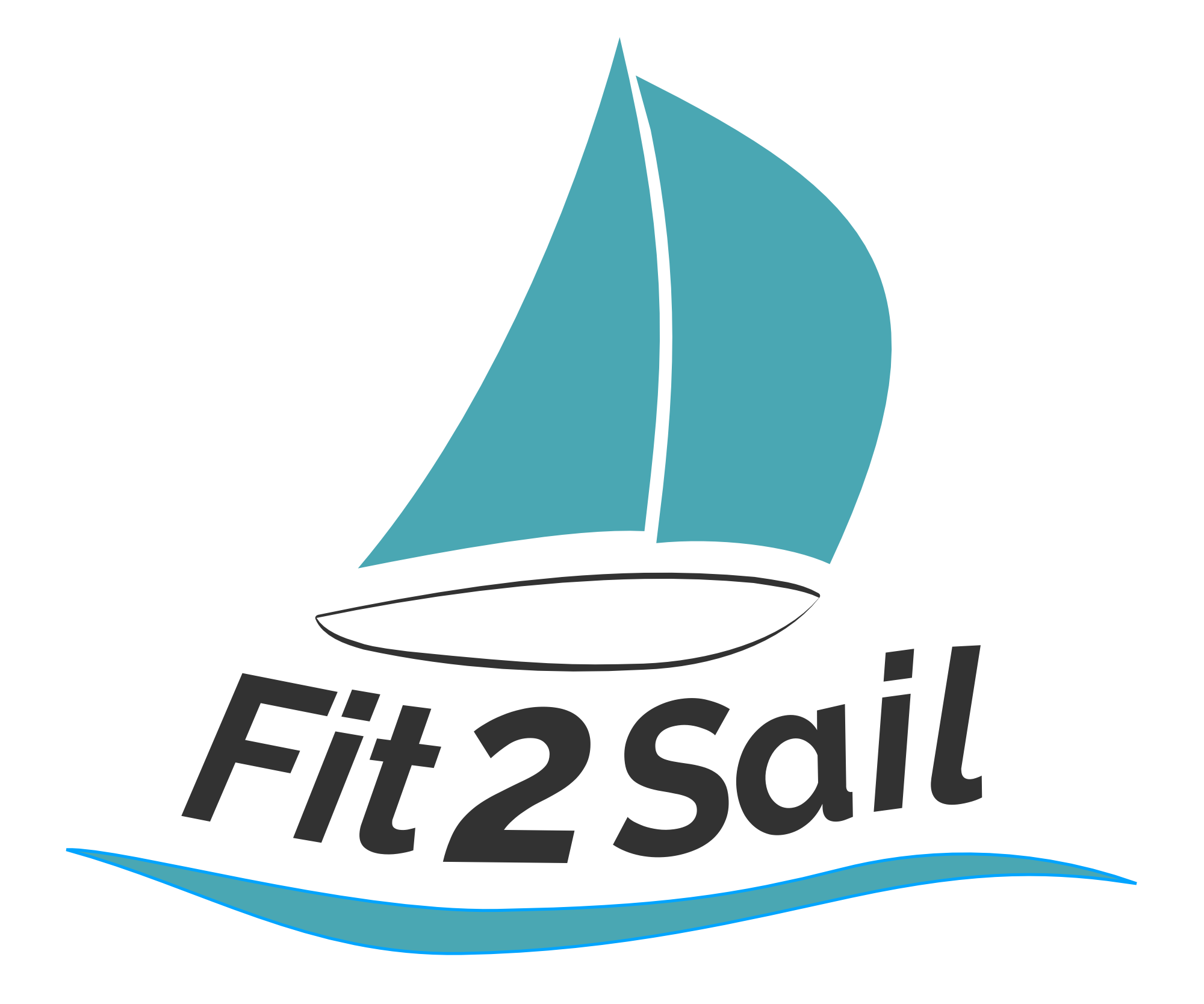Get Her Seaworthy!
The list has shifted from “get her splashed” to “get her seaworthy” - so I thought I’d detail here what those projects entail. Mostly, after the safety stuff, it’s about making sure stuff doesn’t go flying. Or get soaked.
Safety. Going offshore entails a few additional safety and communications items. We figure family and friends might like to know what we’re up to; we also have some Coast Guard requirements to take care of.
register the AIS with the proper MMSI number (so all the right information is at hand if there’s an emergency)
get new documentation paperwork showing proper hailing port
activate InReach subscription (so we can access weather information, FastSeas routing, and share our progress with friends and family)
buy EPIRB (an emergency locating beacon)
Coast Guard miscellaneous: check flares, affix required plaques for waste management and oil, check PFDs, install fire extinguishers
run jackline (a line to which we can affix our tethers when going out of the cockpit when underway - this means we will never be separated from the boat)
install GPS/chart plotter in cockpit
install remote mic for VHF in cockpit
download charts for the East coast of the US
Keeping things in one place. When you go sailing, the boat moves. It moves unpredictably at times, including when other boats speed past and throw a wake that’s sometimes in opposition to the already-existing wave pattern. Since we’re taking our home and all the essentials with us on this journey, making sure they stay where we want them to is a pretty important step.
putting non-skid mat between dishes and under pots and pans
installing cabinet doors - and the latches for them
installing a retaining system for the engine cover (a heavy piece of corian counter with teak fiddles)
re-running the propane hose, regulator, and solonoid
permanently installing propane tanks, complete with boxes
building a bulkhead for final support of the fuel tank
putting the latch on the slider for our bed, so it stays in the closed position when we’re offshore
installing hinge hardware on the center hatch and forward hatch, so they can be dogged down closed
final install of the stove, gimbals and pot holders and all
working on the propane install
Keeping water out. Our plan is to do an offshore jaunt of about 3 days from the mouth of the Chesapeake Bay to the Cape Cod canal area. Though I’m fairly sure we’ll find new leaks as we go (there will be different stresses on the boat when we’re moving as opposed to being at the dock during a rainstorm), addressing the big ones we know about before we leave means there will be far less mess to clean up when we get in.
removing, cleaning, and rebedding the portside handrail (leak directly on Jeremy’s pillow)
removing, cleaning, and rebedding the starboard side dorade box (leak directly onto the starboard settee)
removing, cleaning, and rebedding the old deck fill for water (leak into the galley cabinet)
removing, cleaning, and rebedding the port side winch base (leak into the quarterberth)
installing dodger, borrowed from Mischief (this allows us to keep the companionway open much of the time, and keeps us dry on watch - it also mitigates the leaks from the in-need-of-a-rebuild companionway slide)
countersink drilling the lexan in the center hatch to accept screws, which will be installed with o-rings to seal them (leaks onto the main salon floor)
Quality of life is also important. I can cook using a headlamp, but it would be far nicer to just hit a switch to be able to see. Likewise, being able to use a toilet (and not a bucket) goes a long way to making the boat feel like home.
run starboard lighting circuit and install salon lighting
install galley overhead lighting
install chart table light
install head
buy sheet for the Code Zero sail (for light wind sailing)
buy fitting to be able to use grill on the boat (because grilling dinner? Yes, please!)
test run outboard
test fit dinghy on foredeck - if it does not fit, borrow a dinghy and oars from friends
unearth warmer clothes from storage and onboard deep storage. It’s cold in Maine!
We’re hoping our new anchor roller is ready before we shove off - because then we can install the new Mantus anchor we bought instead of relying on the CQR, which has to be hooked to the bobstay to stow it. Not ideal but doable. (It’s how we sailed for years, including crossing the Caribbean from Venezuela to St Croix.)
The crossed off items are the ones that are done. The really big ones remaining are the fuel tank bulkhead and the head. Oh, and doing the storage unit dance to pull out things we need and stash the ones we don’t!
gratuitous sunset shot, because why not!


